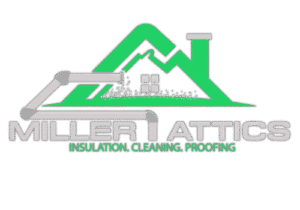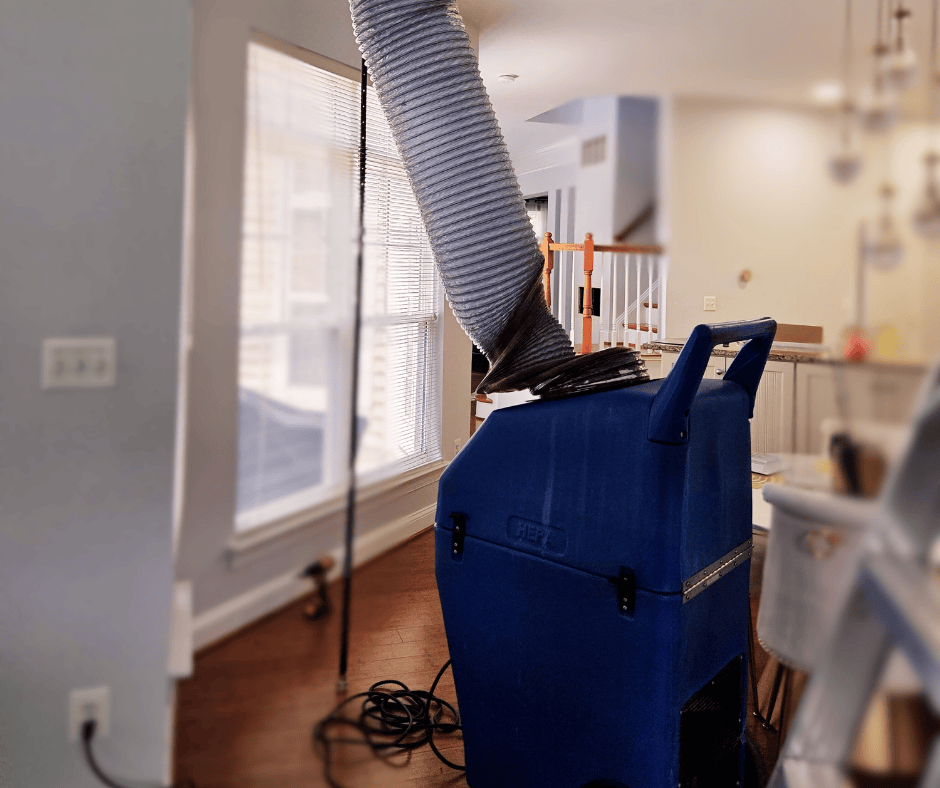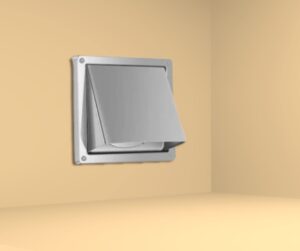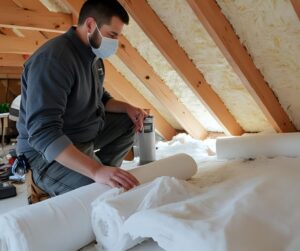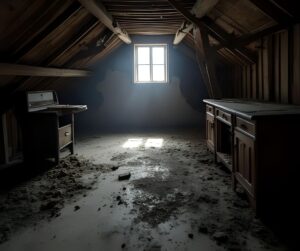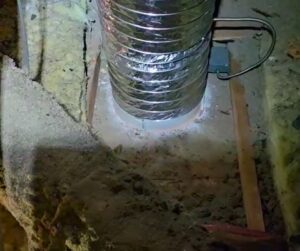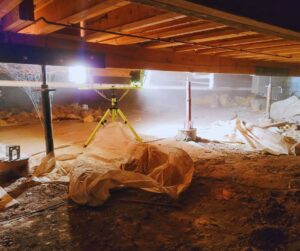As an insulation contractor working across Sonoma County, I get this question constantly:
“What’s a good R-value for attic insulation?”
It’s one of the most important — and misunderstood — parts of home energy efficiency. If you’re installing insulation in your attic, understanding R-value can make the difference between year-round comfort and wasted money.
In this article, I’ll explain what R-value is, why it matters, and how it impacts your choice of insulation materials — especially if you live in Sonoma County or surrounding areas.
What Is R-Value in Insulation?
R-value stands for thermal resistance — the ability of a material to resist heat transfer. The higher the R-value, the better the insulation is at slowing down the movement of heat.
Here’s the simplest way I explain it to homeowners:
“If insulation is a blanket, R-value is how warm that blanket keeps you. Thicker, better materials = higher R-value = better comfort.”
When it comes to attics, the right R-value means your heating and cooling systems don’t have to work overtime — and that shows up in your utility bills.
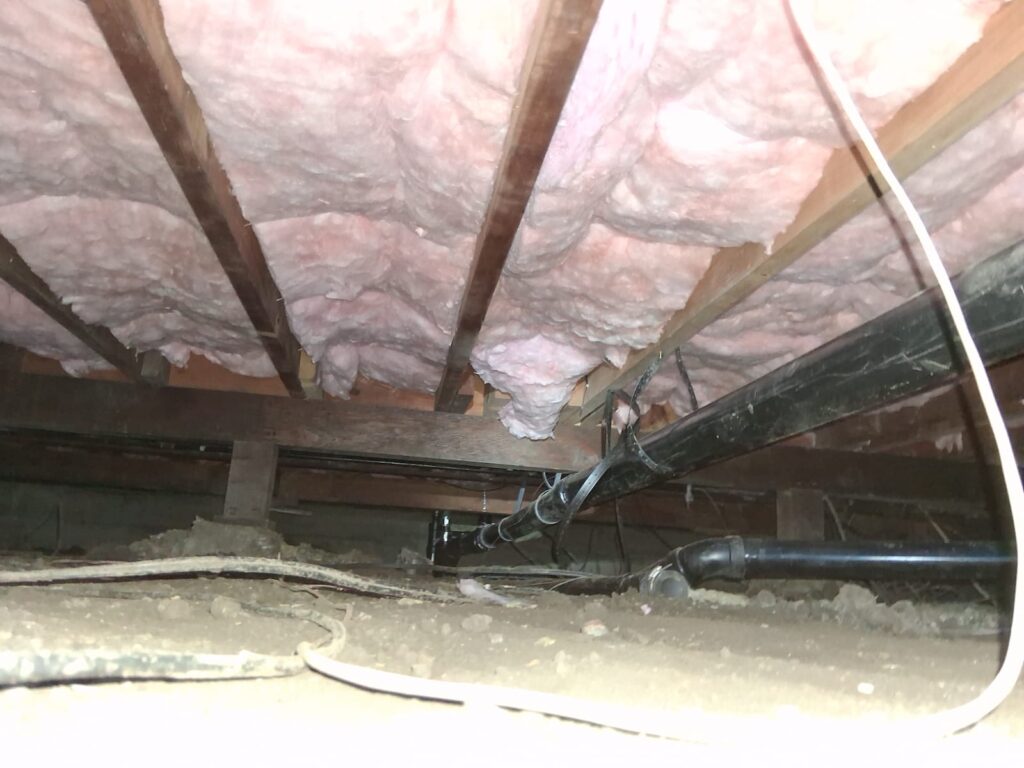
Why R-Value Matters in Sonoma County Attics
In Sonoma County, we get hot summers, cool winters, and a wide mix of home types — from 1950s bungalows to modern two-story homes with vaulted ceilings.
All that variation makes attic insulation especially important. Without enough R-value, your HVAC system struggles to maintain comfort, and your attic becomes a heat trap.
As someone who’s inspected hundreds of attics in Sonoma, I can tell you that under-insulated homes are more common than you’d think — and most homeowners don’t realize it until they feel the difference after an upgrade.
Recommended R-Values for Attic Insulation in Sonoma County
According to the U.S. Department of Energy, Sonoma County falls under Climate Zone 3 or 4, depending on elevation. That means:
- R-38 to R-49 is ideal for attic insulation
- Anything less than R-30 is likely underperforming
- R-60 is overkill for most homes here — not worth the extra cost
If you don’t know your current attic R-value, schedule an attic inspection in Sonoma County to find out where you stand.
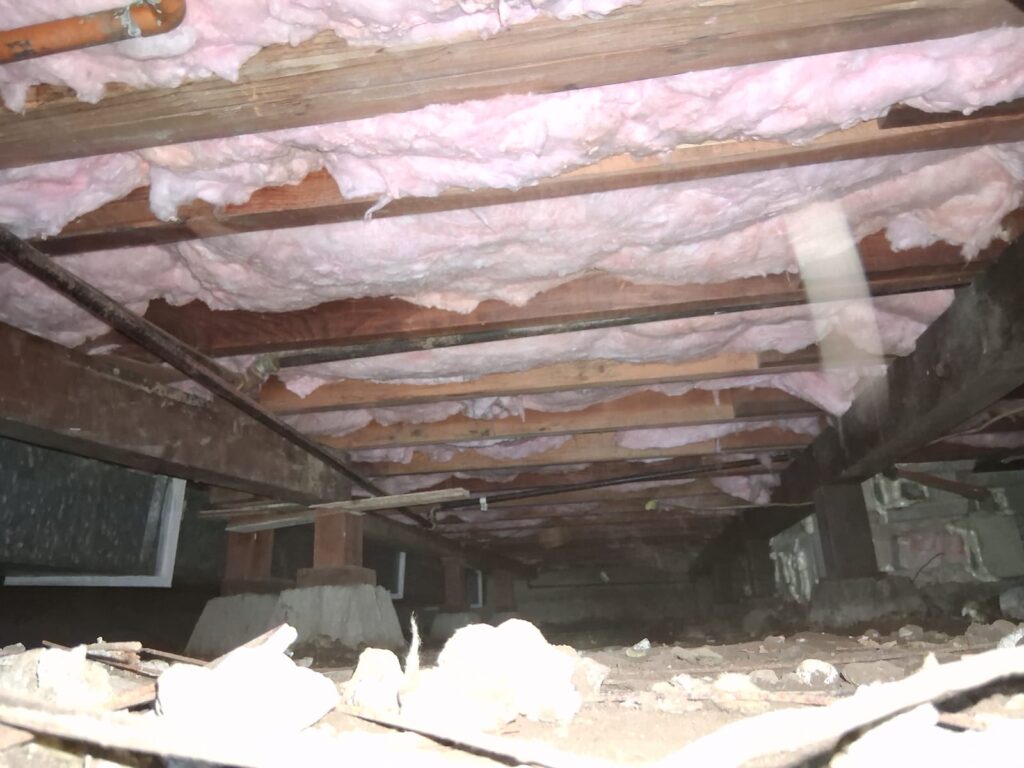
R-Value by Material: Blown-In vs Batt Insulation
Different insulation materials reach R-value differently. Here’s a quick breakdown of R-value per inch:
| Insulation Type | R-Value Per Inch |
|---|---|
| Fiberglass Batt | R-2.9 to R-3.8 |
| Blown-In Cellulose | R-3.2 to R-3.8 |
| Blown-In Fiberglass | R-2.2 to R-2.7 |
| Spray Foam (Open Cell) | R-3.5 to R-4.0 |
| Spray Foam (Closed Cell) | R-6.0 to R-7.0 |
So for example, to hit R-49 with cellulose, you’ll need around 13 to 15 inches of coverage — and it must be even. That’s where blown-in insulation really shines, especially in irregular or hard-to-reach attics.
✅ Want to learn more about blown-in insulation in Sonoma County? We install both cellulose and fiberglass based on your home’s needs.
Installed R-Value vs. Theoretical R-Value
Here’s something I always explain to clients: R-value on paper isn’t the same as R-value in real life.
You can buy R-38 batts, but if they’re:
- Compressed
- Cut poorly
- Installed around pipes or wires without sealing
…you’ll lose a big chunk of the value. Same with blown-in insulation — if it’s spread too thin or uneven, it won’t perform.
That’s why we focus on installed R-value — making sure you get real-world thermal performance. This includes:
- Air sealing around recessed lighting or vents
- Using rulers to confirm consistent depth across the attic
- Avoiding gaps near joists and eaves
Real Examples from Sonoma County Homes
🏠 Windsor Home With R-19 Batts
We visited a 1980s home with old fiberglass batts labeled R-19 — but they were sagging, dirty, and compressed. The home felt drafty year-round. After air sealing and adding 12 inches of blown-in cellulose, we brought the attic to R-49. Comfort improved overnight, and the family saved over 20% on their monthly energy bill.
🧰 Petaluma Retrofit With Blown-In Fiberglass
A family in Petaluma had poorly installed R-30 batts. We topped it with 10 inches of loose-fill fiberglass and sealed all major air leaks. Their upstairs bedrooms, which used to overheat in summer, became the most comfortable part of the house.
FAQ: R-Value and Your Attic
Q: How do I know if my attic has enough R-value?
A: If you can see the joists or the insulation is under 10 inches, you likely don’t. Schedule an attic inspection in Sonoma County — we’ll measure and give you a clear answer.
Q: Can I add insulation on top of old material?
A: Absolutely. We often blow insulation over existing batts to increase total R-value. But we’ll first check for air leaks, moisture, or pest damage.
Q: Should I go above R-49?
A: In our area, not really. After R-49, the energy savings plateau. Better to focus on proper sealing and even coverage.
Final Thoughts: R-Value Done Right
If you’re building, upgrading, or just sick of high energy bills, R-value is your starting point. But don’t stop there.
Make sure your attic insulation is:
- Properly installed (not just “high R-value” on the label)
- Evenly distributed
- Combined with good air sealing
Most importantly — let a pro take a look. Even 20 minutes in your attic could uncover issues costing you hundreds of dollars a year.
